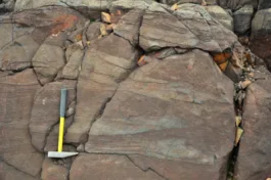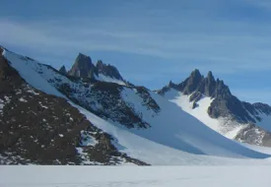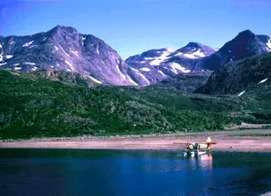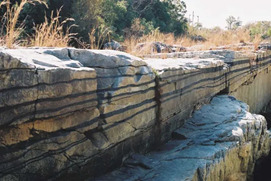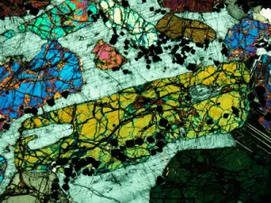Layered Mafic–Ultramafic Intrusions of Fennoscandia: Europe’s Treasure Chest of Magmatic Metal Deposits
Northeastern Fennoscandia hosts a rich diversity of mafic–ultramafic intrusions of variable shape and size, emplaced in different tectonic regimes over a period spanning ~600 million years (between 1.88 Ga and 2.5 Ga). Several of the bodies contain world-class ore deposits, notably the Kemi chromium deposit and the Pechenga nickel deposits. Other deposits include nickel and copper at Kevitsa, Kotalahti and Sakatti; vanadium at Koillismaa; and platinum-group elements at Portimo and Penikat. These deposits constitute important resources that could shield Europe from potential future supply shortages of these key industrial metals.


